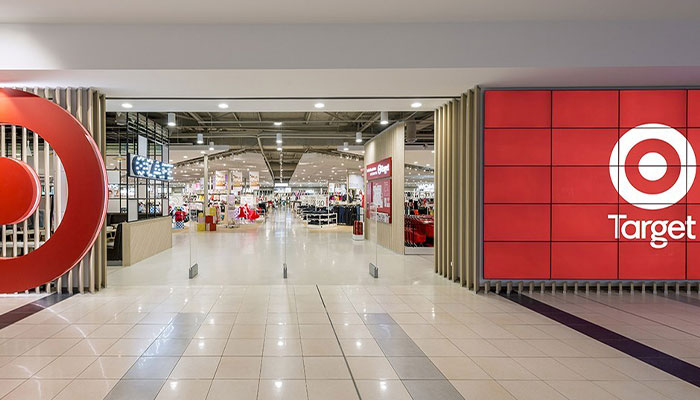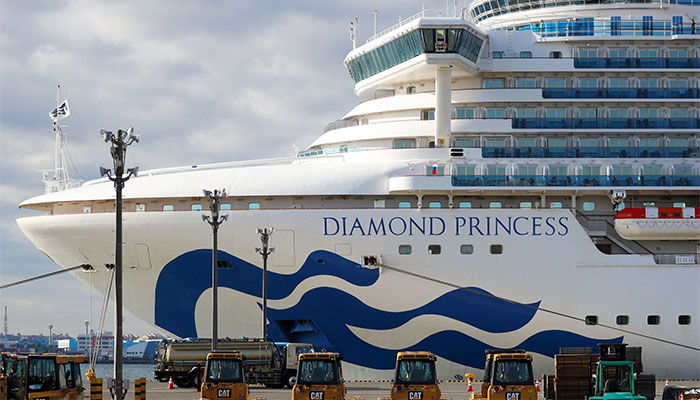It may be premature to pronounce the death of Target following the recent announcement of mass store closures and conversions. But it appears to be entering a period of extended retail palliative care.

Consumer favourite: Tarjay encapsulated a clear identity that was founded on a strong and direct connection with consumers, says Dr Matthew Bailey.
This would end a great Australian retail story. And would close the curtain on a unique viral marketing phenomenon: Tarjay.
Target was the brainchild of Sidney Baillieu Myer. In the mid-1960s, ‘Baills’ watched a rapidly changing retail landscape with both concern and an eye to opportunity. In America, the supermarket innovation of self-service was being used to sell department store merchandise.
Ascendant discount department stores like Kmart and Target were decimating the sales of traditional stores. Myer knew that Coles was developing plans to introduce the format to Australia, posing an existential threat to his firm.
Tarjay was pronounced with a faux French accent, suggesting that Target’s fashions were chic but affordable.
Coles introduced K mart (Australia) through a joint venture with the American chain in 1969. Myer was well prepared and introduced Target shortly afterwards. It used the name, logo and merchandising techniques of the American Target chain, but was always 100 per cent owned by Myer.
Baillieu Myer secured all of this for little cost through his friendship with the Dayton brothers who owned the American Target chain. The Daytons, like Myer, chose to join the discount revolution rather than go down fighting it from the outside.
As the child of a department store, Target was always positioned above Kmart, which came from variety store stock. Its merchandise mix was skewed towards soft goods and fashion. Its target demographic was the middle 80 per cent of female shoppers.
Kmart started stronger, but Target eventually overtook it, establishing a unique mass merchandise retail operation built on highly prescriptive quality control processes. These systems produced durable, affordable, basic fashion and children’s wear. These, in turn, led to a viral, consumer-led, rebranding campaign. Target became Tarjay.
Clear identity, strong connection
Tarjay was first used in America, and then adopted by Australian shoppers. It was a self-deprecating moniker through which consumers gave themselves permission to shop at a mass-merchandise discounter. They gently mocked the store for being something that perhaps it wasn’t, but which they, and the store, could pretend it was.
Tarjay was pronounced with a faux French accent, suggesting that Target’s fashions were chic but affordable. The Tarjay shopper pretended that they were shopping at a European fashion brand, while making clear that they knew they weren’t. This association was all the more powerful because in Australia so much of Target’s fashion was produced under its own house brand.
Tarjay represented consumers’ recognition of this bargain. Wink. Wink. I’m getting something for less than it’s worth, so I’ll imagine the store as more than it is.
The announcement of store closures has led some commentators to criticise the Tarjay positioning as a confused identity for the chain. But for a long time, Tarjay encapsulated a very clear identity that was founded on a strong and direct connection with consumers.
Importantly, what underpinned this connection in Australia was the quality of the product. I’ve read the manufacturing specifications and product testing documents that Target used in the 1980s. They were incredibly thorough and were driven by a commitment to provide a value proposition to shoppers. Tarjay represented consumers’ recognition of this bargain. Wink. Wink. I’m getting something for less than it’s worth, so I’ll imagine the store as more than it is.
Target’s recent decline may be attributed to numerous factors, including increased competition in the sector and Kmart’s success with consistently low prices, but it also just doesn’t do what it used to do nearly as well. If Target is more expensive than Kmart, the product has to be worth it. Shoppers can be wooed by value, as well as on price. RIP Tarjay.

Dr Matthew Bailey (pictured) is a retail historian and Senior Lecturer in the Department of Modern History, Politics and International Relations at Macquarie University. His new book, Managing the Marketplace: Reinventing Shopping Centres in Post-War Australia, is published by Routledge.



